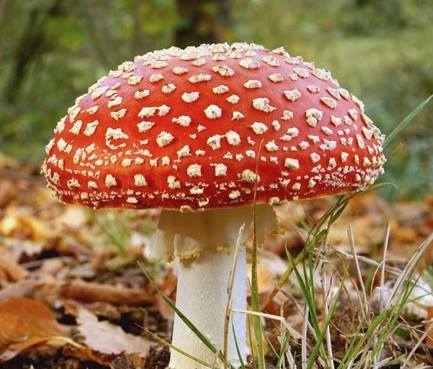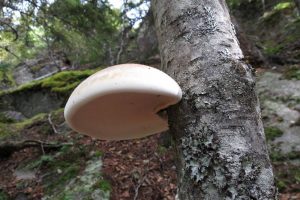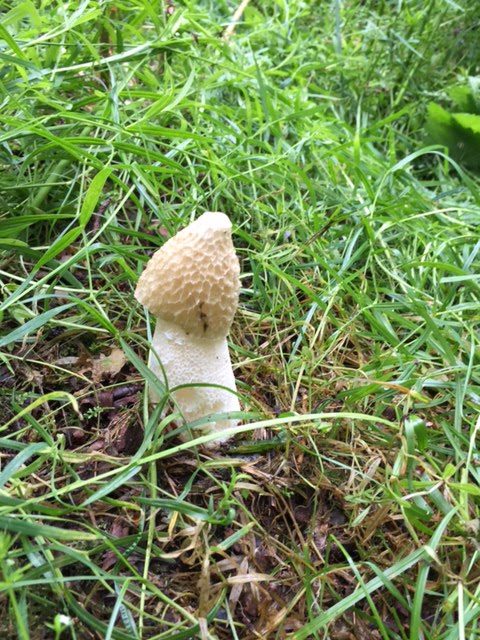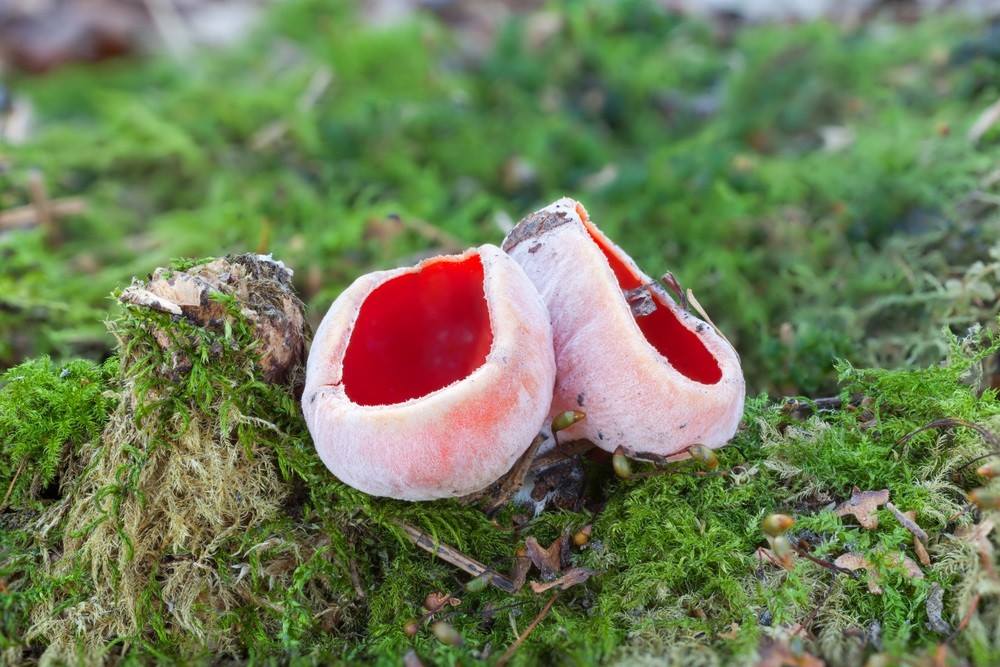
Forester's five favourite fungi in the Forest
Autumn is the perfect time of year to go fungi spotting in the Heart of England Forest. There are over 15,000 types of fungi in the UK, and Head Forester, Stephen Coffey, tell us about a few of his favourites…
Fascinating fungi
For me, fungi are fascinating. The realisation that the mushroom is just the fruiting body of a much bigger organism hidden from view adds to the wonder I have of their weird and wonderful shapes and colours above ground. Further to this their spores are everywhere in the air that we breath, the surfaces we touch and the soil too. The true relationship between fungi and plants – or should I say the mycorrhiza – is becoming better understood each year, but for good growth and survival of plants, and trees of course, this symbiotic (mutually beneficial) fungi and plant relationship is vital.
However, not all fungi have a mutually beneficial relationship with plants. Parasitic fungi live off or at the expense of their living host and in many cases cause its death. Generally, though, they only attack unhealthy or stressed trees and, in a woodland, this is all part of a healthy ecosystem. Saprophytic fungi live on dead organic matter such as fallen branches, leaf-mould or dead trees. These fungi are important in the forest as they start the decay process and make it easier for other plants and creatures to access the nutrients locked up in dead plants.
Top 5 fungi to spot in the Forest
Fly agaric
This unmistakeable fungi is always a welcome sight in the Forest and can be seen from early to late autumn. Associated with pine and birch trees, it has a symbiotic relationship with the trees, taking nutrients from their roots without detriment, and it is best spotted in woodlands like Coughton Park. The mythology surrounding fly agaric is probably due to the hallucinogenic properties caused by a compound called muscimol found in the fungi.

Candle snuff
Also known as stags’ horn fungus, this species can be found on dead stumps all year round but more easily spotted in autumn and winter. This saprophytic fungus is common but easily missed. The leathery black stem and powdery white multi pointed top is said to resemble snuffed out candle wicks or stags’ antlers so hence the names. Once you have spotted them for the first time you will find them again and again. The best place to find these are in Roberts Wood and Colletts Wood.

Birch polypore
Exclusively associated with birch trees, these saprophytic bracket fungi can be found in prolific amounts on dead standing or fallen birch. A tough, leathery fungus, it has been put to many uses. The soft flesh of the young fruiting body has absorbent qualities and was once used as blotting paper or to staunch bleeding. When dried, the fungi can be used as a fire lighter. This fungus is best seen in mature woodland such as Coughton Park or Bannams Wood.

Common stinkhorn
You will smell this before you see it and once smelt it is unforgettable. The smell is to attract flies which then spread the spores. The unforgettable smell is almost overshadowed by the unusual shape, which I won’t dwell on, but makes sense of the Latin name Phallus impudicus. Once your nose alerts you to its presence, look on the woodland floor around a dead broadleaved tree stump off which it will be living, making this another saprophyte. Found in mature broadleaved woodlands from mid-summer, such as Bannams Wood or Roberts Wood, and sometimes ancient hedgerows.

Scarlet elfcup
This small, red fungi is a pleasant surprise to find in the depth of winter hiding on the forest floor. A saprophyte, it is found widely amongst shady moss on dead twigs lying on woodland floors so take a look in Coughton Park, Bannams Wood or Roberts Wood this winter.

I hope you find these fungi in your travels around the Forest, but please don’t pick mushrooms – leave them to be enjoyed by all.



